Next week is a big week for me! All three books in my new trilogy are going live on the same day: September 28th! :scream: If you noticed I hadn't written in a while, that's why; I've been totally immersed in work, trying to have everything ready to go for the 28th.
(Live event is on Facebook at 7 PM EST, September 28!)
This isn't just the launch of another book (or 3) for me, though. If you've been around for a while, you may remember in 2018, I announced I had created a fake master's degree program for myself. I didn't want to pay a university thousands of dollars, but I did want the knowledge. So I developed a curriculum and reading list, set some goals and objectives, and got to work.
Sometime in 2020, I decided I needed a thesis for my degree. I'd just finished the rough draft of Aria, and decided this would be the perfect project.
Besides the writing of the trilogy, I did a few things to challenge myself. The first was that I did all the design work myself (paperback, cover, ebook), including the maps! It took me forever to do the world map, but I was happy with the results.
I also ... drumroll please ... hid a coded message somewhere in the trilogy.
When I was a kid, I read a lot of mysteries and I loved the idea of secret messages, though I'm not sure I ever successfully found one in a book. Although, I did hide a dollar behind a picture frame once and forgot about it; then found it like 15 years later when I was cleaning stuff out of my parents' house. This time, though, it's a real message that is both hidden and in code, so good luck.
I also planned this to be a Netflix-style series drop to test my distribution and marketing skills. I've decided I might be a little nuts, but I'm making it work anyway haha.
And now here we are, four years since I "went back to school" and 3 years since I began Aria's Song, and it's finally all coming to a conclusion.
In this time, I've read over 300 books, taken almost 20 online courses, taught several dozen workshops and master classes, attended several conferences, written numerous blog posts about writing, marketing, and publishing, as well as published almost 20 books, including Aria's Song. My editors are my professors, and I have a discord server filled with other writers who are a.) wonderful and b.) my "classmates." I'm even working on memorizing the digits of pi as inspired by my math classes. All this and the thesis too.
On one hand, it's tiring to think about; on the other hand, it feels great. I've gotten a lot done, and I plan to get even more done as the years go by.
To celebrate, I'll be talking about the new trilogy at my "graduation" on Facebook Live (7 PM EST Sept 28!) and would love if you were there. There will be plenty of time for questions about me, writing, publishing, or whatever you're curious to know.
Stay tuned for next week! I'm so excited to share this passion project with you.
You can pre-order the three books here:
P.S. I hid a clue to the secret code somewhere in this post. Good luck!











